
How Pathogens Interact with Human Cells
Our aim: To discover new ways of detecting, preventing and combatting human infectious diseases by discovering the mechanisms by which viruses and bacteria interact with human cells and tissues.
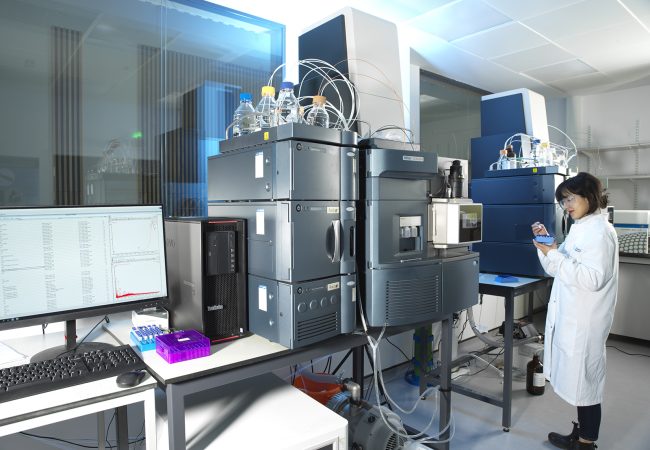
Mechanistic Proteomics
Proteins are the workhorses of living cells. Proteins operate in a highly dynamic environment interacting with other proteins and other types of molecules including sugars, lipids and nucleic acids.

AntigenApp
Web-app for managing nanobody data.
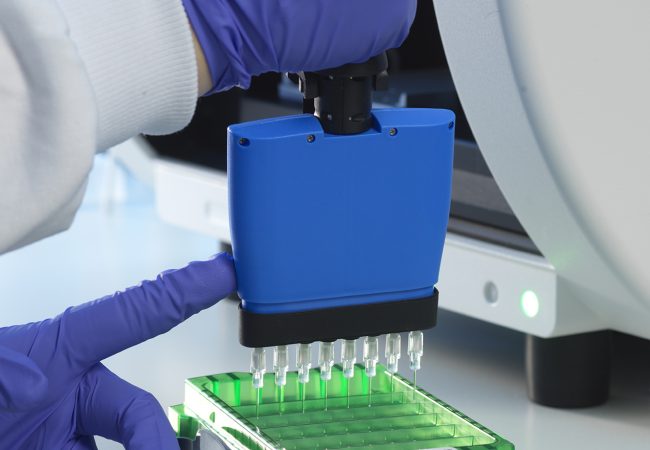
Biotech deal paves way for new COVID-19 treatments and more
The Franklin’s first licensing agreement – with US-based IntegerBio – advances its pioneering nanobody technology with industry.
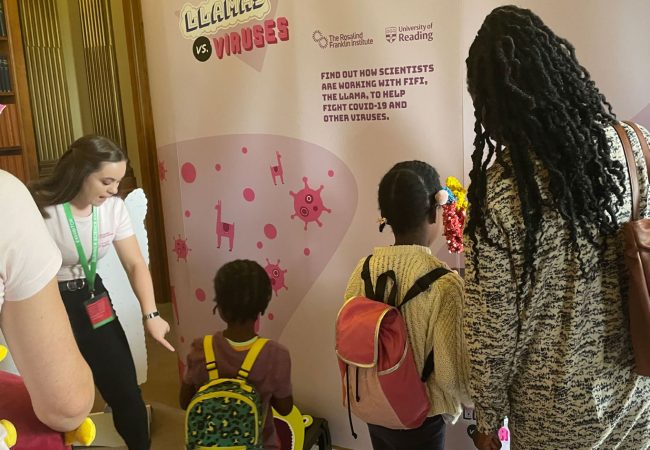
Covid-fighting llamas at the Royal Society Summer Science Exhibition
The Rosalind Franklin Institute and University of Reading have worked together to create an interactive exhibition about their research on Covid-19 treatments for the Royal Society Summer Science Exhibition in London.
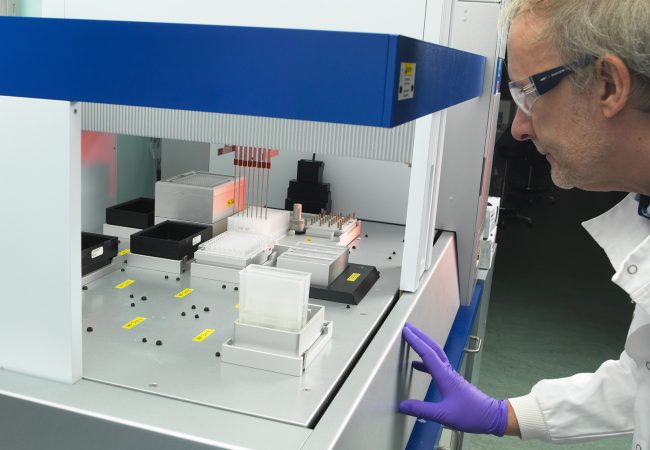
Franklin researchers demonstrate ‘significant potential’ of llama antibodies as potent Covid-19 treatment
Scientists at the Franklin have shown that a unique type of tiny antibody produced by llamas and camels could provide a new frontline treatment against Covid-19.
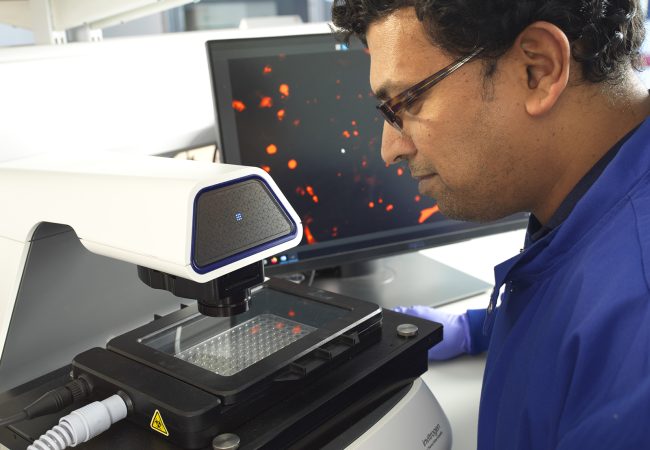
Disease X
The World Health Organisation lists Disease X (the name for a currently unknown pathogen that could cause a future epidemic) as a very serious threat to human health. To prepare for Disease X, we are building a pipeline to rapidly identify, and test nanobodies, for detecting and potentially treating future viral diseases
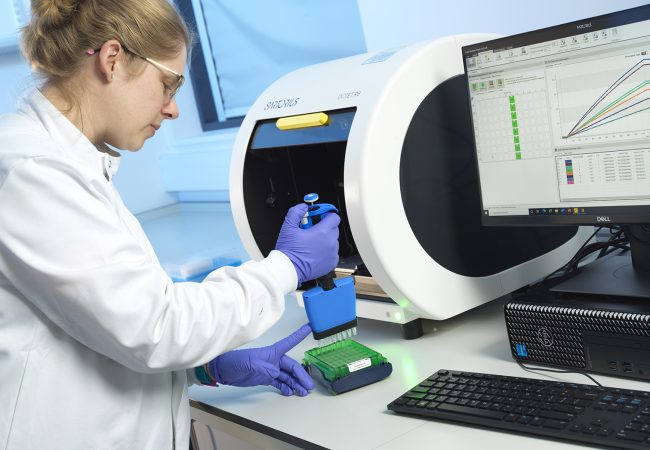
Nanobodies Discovery Platform
Nanobodies are single domain antibodies derived from the unique heavy chain only immunoglobulins of camels, llamas, and alpacas.
